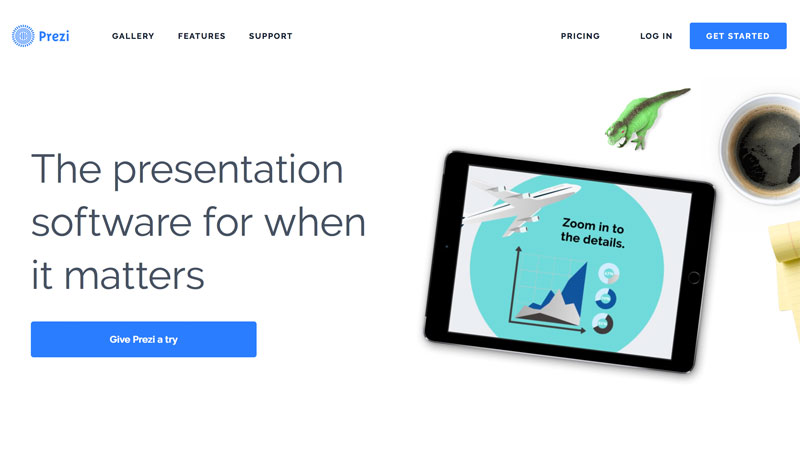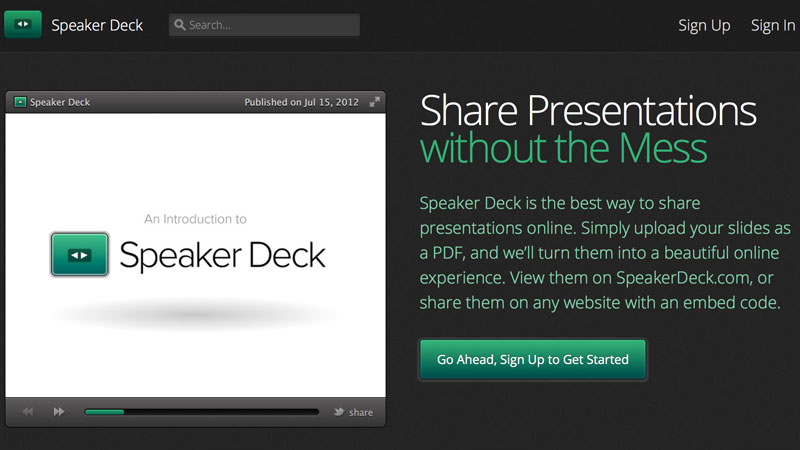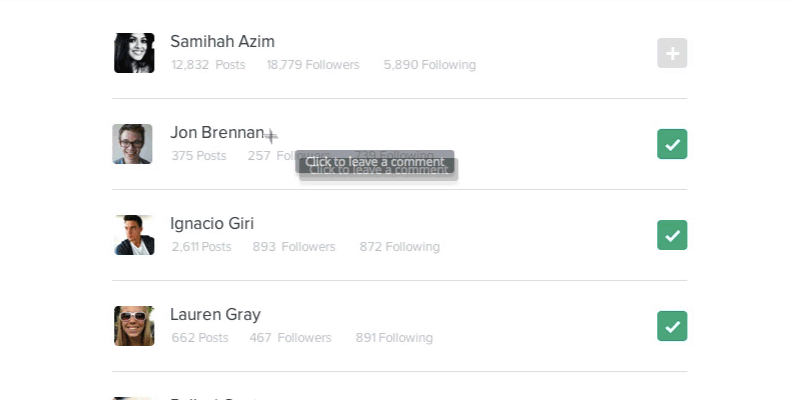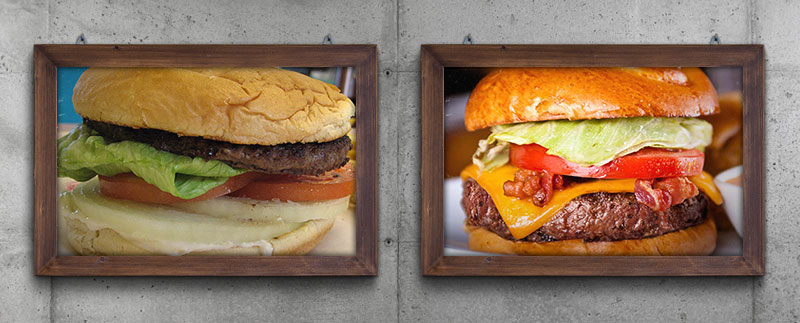
The Importance Of Guidance When Presenting Prototypes
We eat with our eyes. The sight of a juicy double-bacon cheeseburger or a cinnamon roll dripping with icing can make you want to stop everything and take a bite. Same goes for design.

Which of these burgers would you rather eat?
Marketing Your Prototypes
When presenting a prototype, especially to a varied crowd, you’ve got to properly set the scene. The end user might stumble onto your product with little warning, but your stakeholders shouldn’t have that experience.
- Give a proper introduction. Summarize problems the project’s attempting to solve, solutions being considered, and goals or outcomes expected.
- Answer questions before they’re asked. Layout missing something? Photo choices temporary? Folks should know that.
- Give your explanations context. Stash notes right inside your prototype so the team knows exactly what you had in mind.
- Discuss failures and future iterations. However you document, include some history. Knowing the how and why of a design choice makes it easier to swallow.
A properly guided tour of your complex prototype is like providing someone a key on a map. Sure, you can figure things out if you stare long enough, but understanding the design language speeds up the journey.
The Right Tool(s) For The Job
From working prototypes to slide decks, here are a few ways to put your project’s best foot forward.
Prezi
As evidenced by the rise (or re-re-rise) of the GIF, people love animation. Prezi is an online service that creates dazzling presentations (for those who eat with their eyes).
Google Slides
While Slides might not be the most robust tool on the block, it’s ubiquity is dang impressive. It runs in the cloud—and virtually everyone has a Google account.
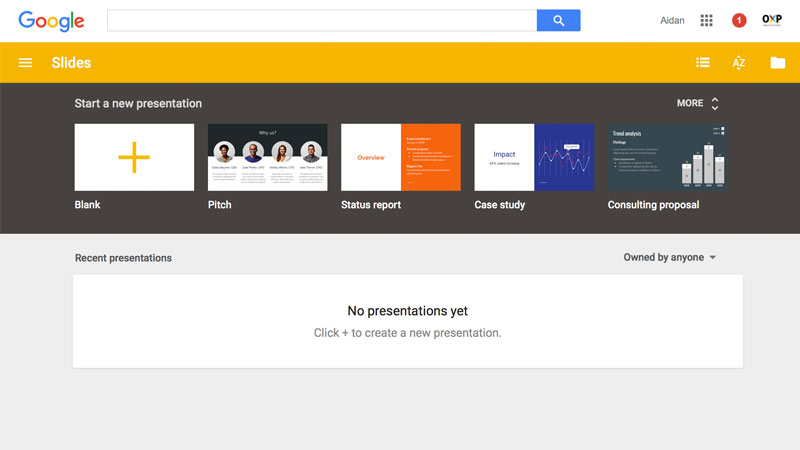
Keynote / PowerPoint
These desktop dinosaurs are no slouch when it comes to whipping up an awesome presentation. Just make sure you upload your results online somewhere (like Speakerdeck).
InVision
More than just prototyping, InVision packs a whopping collaborative toolset. Tours are a great way to add guided, in-context explanations to your designs.
Better yet, each guided step of the tour can hold a threaded conversation, perfect for pinpoint discussion of sticky issues.
Share Your Progress With The Team
Keeping your team up to date on progress is about as important as the progress itself. A successful designer will make time to frame the conversation and get everyone excited about the decisions being made.
What do you use to present your prototypes? Let us know in the comments.

